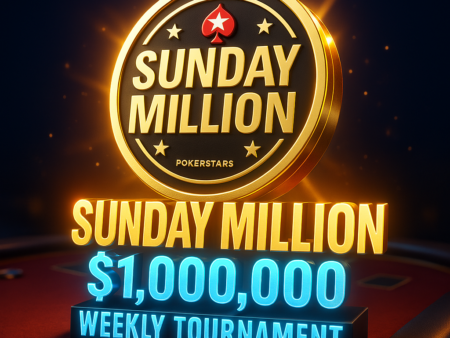For Beginners: Recipe for Success
What is the key to winning in poker? Why do some players become champions while others struggle to win a single hand? And most importantly—how do you play to win? This article covers exactly that.
Where to Begin
When starting your journey in Texas Hold’em, you’ll encounter three betting structures: fixed limit, pot limit, and no limit. Most experts recommend starting with fixed limit—the rules restrict the number of raises in each round, making beginner mistakes less financially punishing. It’s the perfect environment to learn fundamentals without risking your entire bankroll in a single hand.
No limit Hold’em, often called the “Cadillac of Poker”, is a beautiful and dangerous game—a form of art for some, but unforgiving for the unprepared. Remember, even the pros were once beginners.
Training Mode: The First Step
If you’re new to online poker, spend some time at training tables. These don’t involve real money but simulate the software and gameplay experience. Keep in mind, though: players act very differently when real money is at stake. Use training tables to learn navigation and interface—not to measure player behavior.
🧠 7 Essential Rules to Win at Fixed Limit Texas Hold’em
1. Be Patient
Discipline is your greatest weapon. Play fewer hands, fold often, and don’t chase weak draws. Wait for strong starting hands like AA, KK, QQ, AK, AQ. Eventually, you’ll grow confident enough to play multiple tables at once.
2. Choose the Right Table & Think Long-Term
Pick tables with weaker players. Look for loose-passive games with flop view rates above 30%. Avoid tight-aggressive tables unless you’re experienced. Remember: poker is a game of skill in the long run. In the short term, even bad players can win.
3. Stay Disciplined
Stick to your game plan. If you’re tilting or frustrated, take a break. Step away, breathe, and come back with a clear head. Don’t play if you’re tired, emotional, or under the influence. Ambition and revenge won’t help you win—discipline will.
4. Read Your Opponents
Observe playing styles. Are they tight-aggressive, loose, or hyper-aggressive maniacs? Is someone a “rock” who only bets when they have monsters? Adjust your tactics accordingly.
5. Master Bankroll Management
Manage your funds wisely. If you’re playing $0.50/$1 fixed limit, your bankroll should be at least $300–$500. Always join tables with 50 big bets, and leave if you lose 30 or more. When you win 100–200 big bets, move up in stakes. If you lose it—move down. And yes, if you lose your entire bankroll without success, reconsider whether poker is the game for you.
6. Avoid Common Mistakes
- Don’t rely on “trap hands” with weak kickers (e.g., K-4).
- Don’t call raises with marginal hands like Q-J in bad position.
- Always count your outs and know when they may not be helpful (false outs).
- Don’t ignore pot odds—math wins games.
7. Don’t Bluff
Bluffing at low stakes? Bad idea. Opponents will often call you down with trash hands. Focus on value betting and semi-bluffs only when it makes sense. Save advanced bluff strategies for higher-stakes games.
Final Thoughts
These seven guidelines are just the beginning of your poker journey. As you progress, explore professional poker books, join discussion forums, and study the game deeply. Visit dedicated poker training sites, analyze your play, and adapt your strategy to each opponent.
If you stay disciplined, keep learning, and manage your bankroll, your path to poker success is just beginning. Good luck at the tables!










